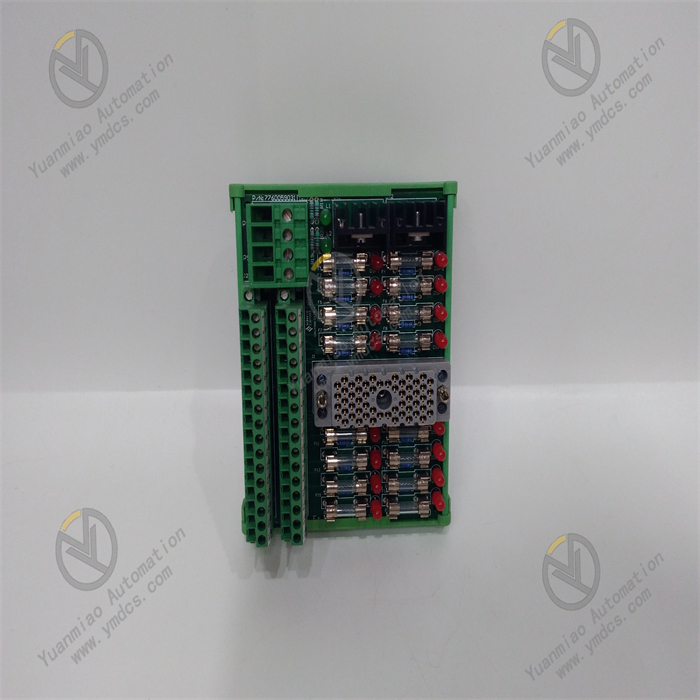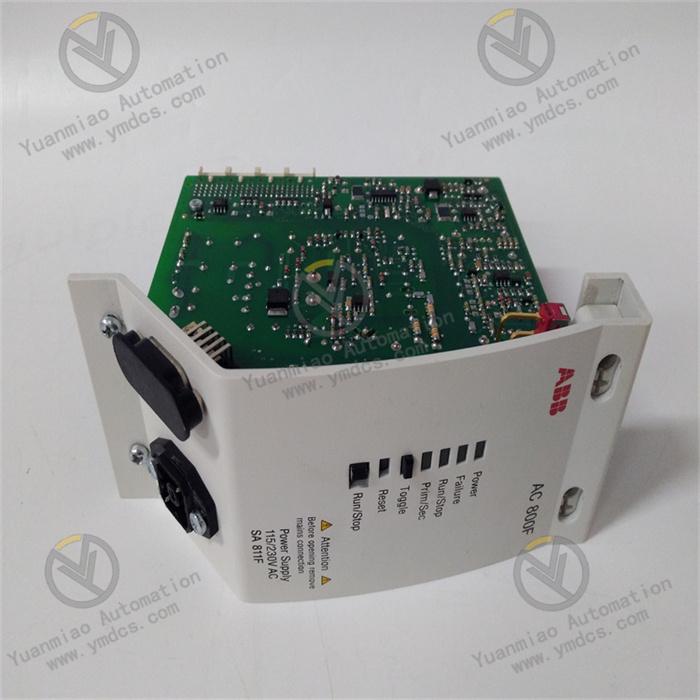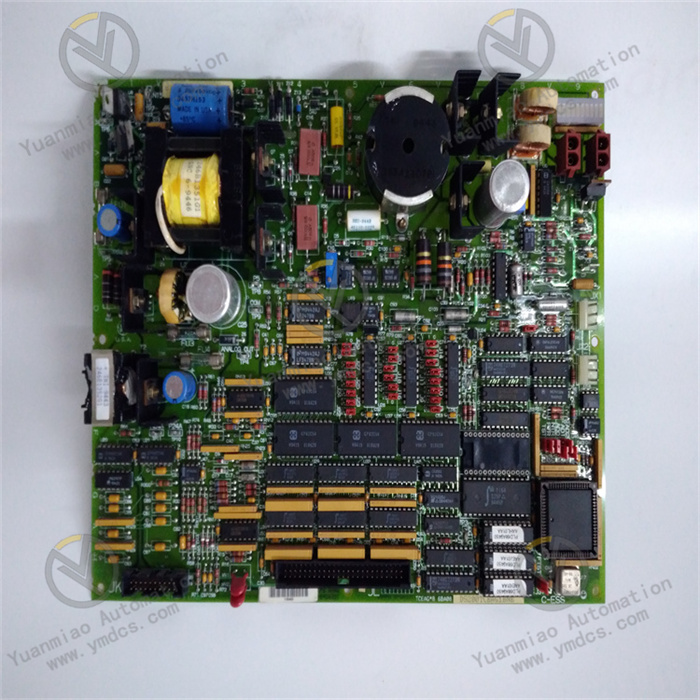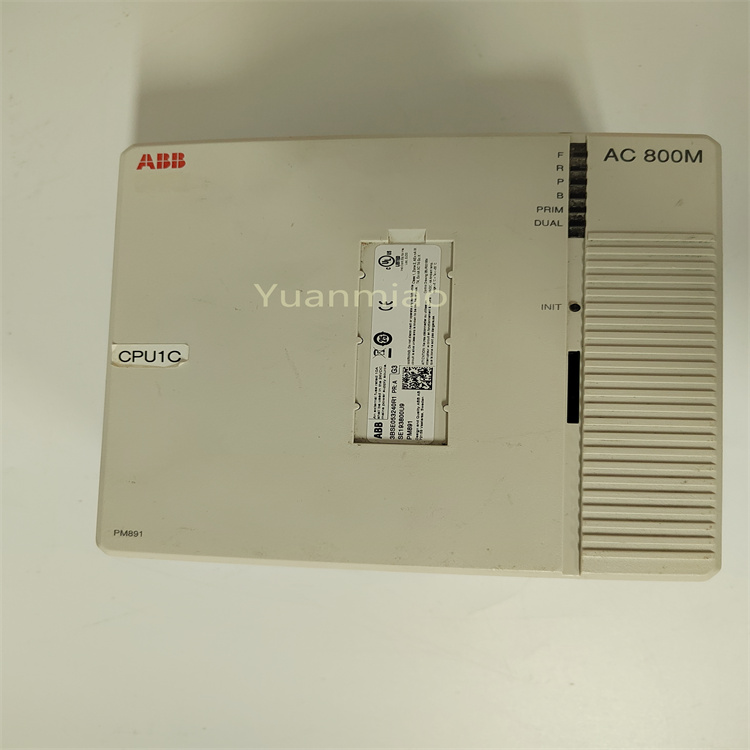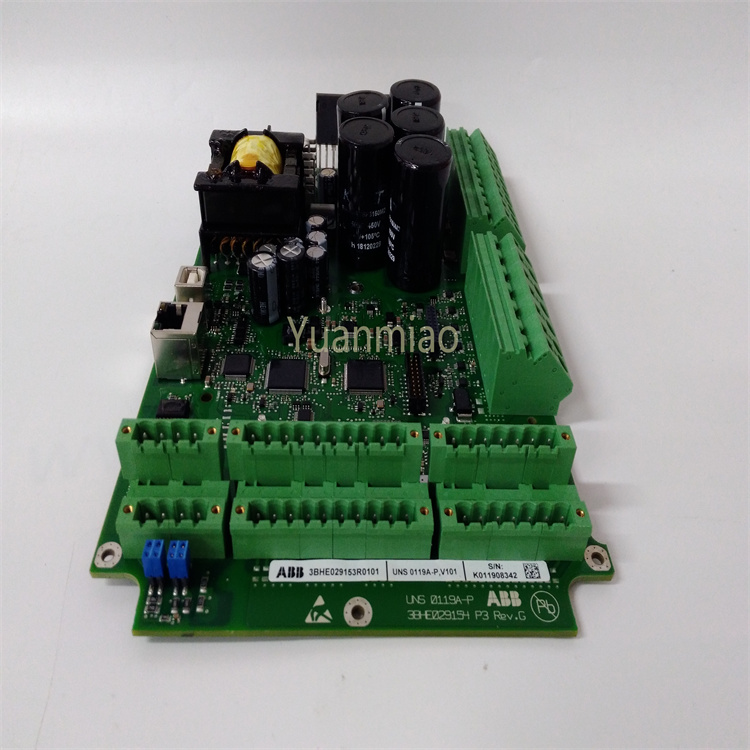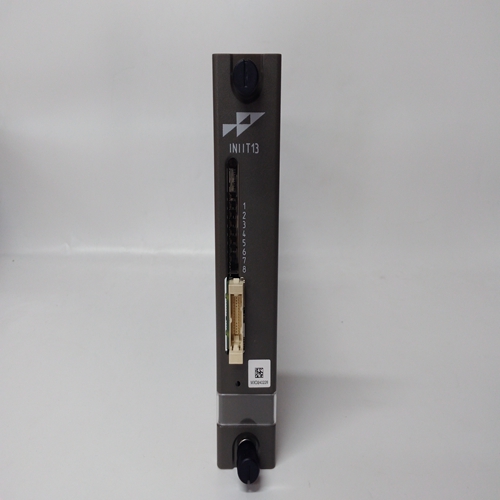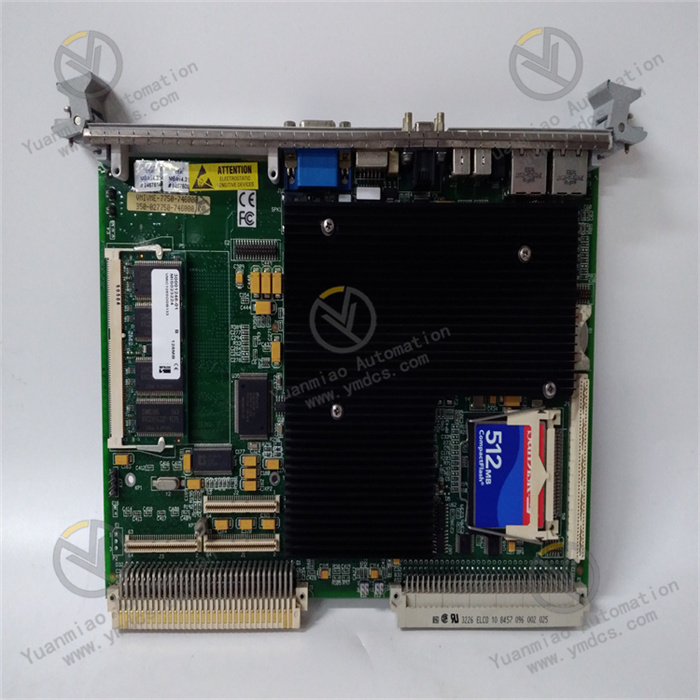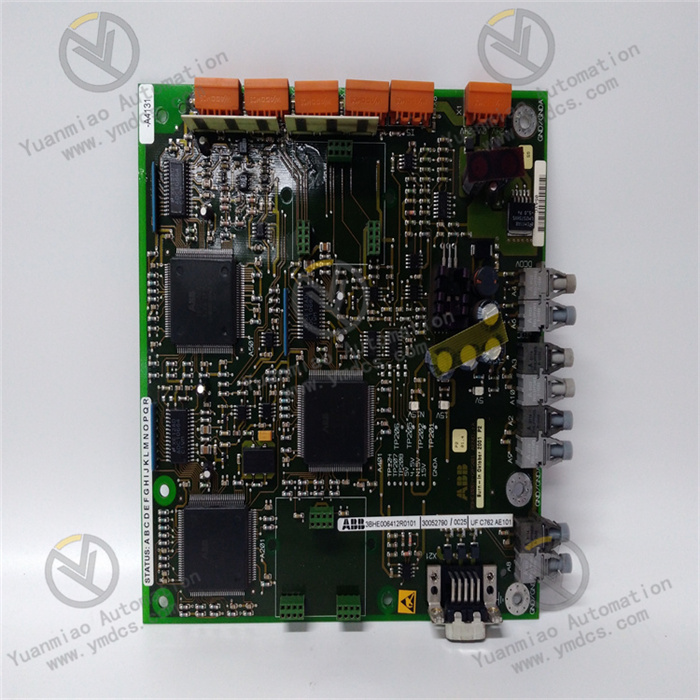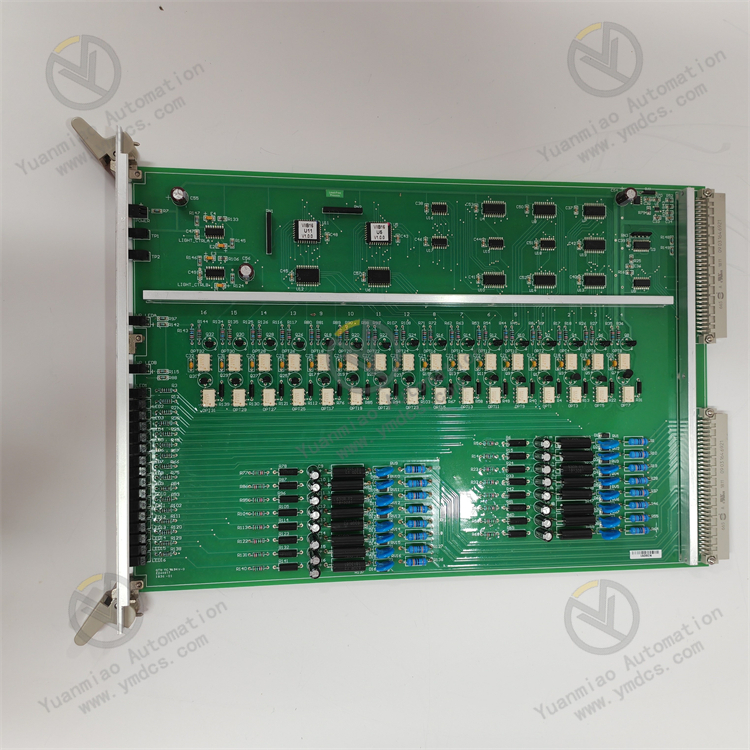Description
Functional Features Outstanding communication function: As an optical fiber communication module, it uses multimode optical fiber for data transmission with a wavelength of 850nm. It is suitable for 50/125µm glass optical fiber and can achieve long-distance data transmission of 2km, meeting the requirements of high-speed and long-distance communication between different devices in the industrial field. High reliability: Designed for industrial environments, it is manufactured with high-quality electronic components, featuring high reliability and durability. It can adapt to harsh industrial production conditions, such as environments with electromagnetic interference and large temperature variations. Flexible configuration: The output type and quantity can be configured according to actual application requirements, making it convenient for users to carry out customized settings according to the requirements of specific industrial control systems to meet different control tasks. Strong signal processing capability: As a relay module, it can be used to control the switching of the circuit, and can achieve functions such as amplification, isolation and conversion of electrical signals. It helps to enhance the stability of the signal and the transmission distance, ensuring the accurate transmission and processing of signals in the industrial control system.
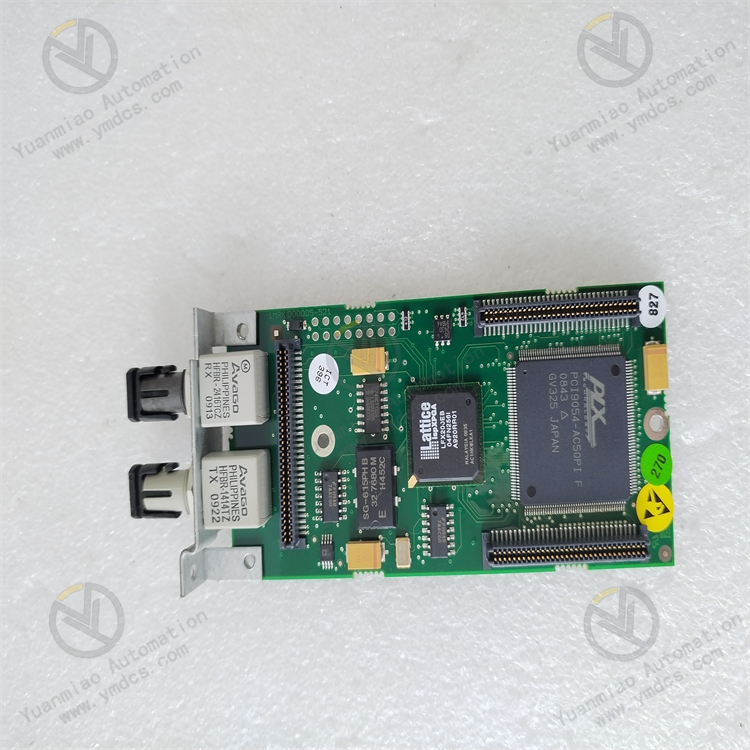
Technical Parameters Transmission wavelength: 850nm. Optical fiber type: 50/125µm multimode glass optical fiber. Maximum transmission distance: 2km. Optical fiber cable attenuation: 6dB. Connector attenuation: 2dB (2 connectors). Factory splice attenuation: 0.1dB. Field splice attenuation: 0.3dB. Optical fiber aging margin: 0.2dB. Total attenuation: 8.6dB. Optical budget: 9dB. Additional margin: 0.4dB.
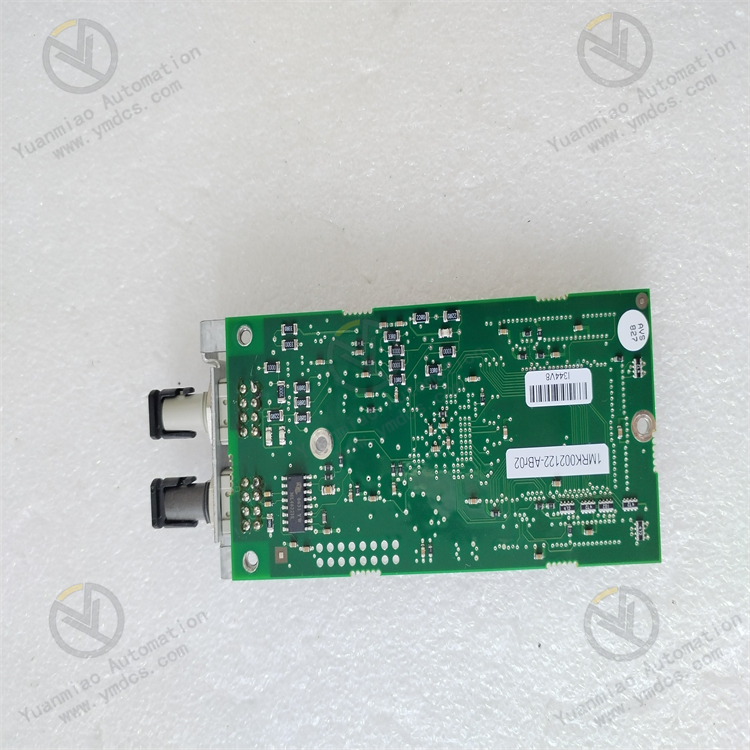
Application Areas Industrial automation: It can convert the digital signals of the control system into switching output signals and output them to external devices through relays. It is widely applied in the automated production lines of industries such as mechanical manufacturing, electronic manufacturing, packaging and printing, food processing, and textile and garment, to achieve the control and monitoring of various devices. Oil and gas: In the processes of oil and gas extraction and refining, etc., it can be used to connect various sensors, actuators and control systems to achieve remote monitoring and automated control of the production process, ensuring the safety and high efficiency of production. Electric power: It is suitable for aspects such as substation automation, power equipment monitoring and control in the power system. It can transmit the operation status signals of power equipment to the monitoring center and receive control commands to operate the equipment at the same time. Building construction: In intelligent buildings, it can be used to connect equipment such as air conditioning systems, lighting systems, and elevator control systems to achieve the automated control and centralized management of building equipment, improving the energy utilization efficiency and management level of the building. Data center: It is used for the infrastructure management of data centers, such as the power control of servers and the monitoring of the computer room environment, ensuring the stable operation and efficient management of the data center.

Common Faults and Solutions
1. Communication interruption
Cause: It may be due to poor optical fiber connection, optical fiber damage, incorrect communication parameter settings of the module or module failure.
Solution: Check whether the optical fiber connection is firm and whether there are situations such as bending and damage. If there are problems, reconnect or replace the optical fiber; confirm whether the communication parameter settings are correct, such as the baud rate, data bits, stop bits, etc.; if it is a module failure, try to restart the module. If the problem still cannot be solved, contact professional maintenance personnel for inspection or module replacement.
2. Signal transmission error
Cause: It may be due to electromagnetic interference, excessive optical fiber attenuation, unstable electrical performance of the module, etc.
Solution: Conduct electromagnetic shielding for the optical fiber and the module to reduce electromagnetic interference; check the attenuation of the optical fiber. If it exceeds the specified value, find the cause and deal with it, such as replacing the optical fiber or optimizing the laying path of the optical fiber; check whether the power supply of the module is stable and whether the module is overheated. If there are problems, take corresponding measures to solve them, such as replacing the power supply or improving the heat dissipation conditions.
3. Module failure
Cause: It may be caused by component damage, overheating, overvoltage, etc.
Solution: Check whether there are signs such as charring and deformation on the appearance of the module. If so, replace the module; use professional detection equipment to detect the module, find the faulty component and replace it; check whether the working environment temperature and voltage of the module are within the specified range. If it exceeds the range, take measures to adjust it to avoid the module being damaged due to overheating or overvoltage.



